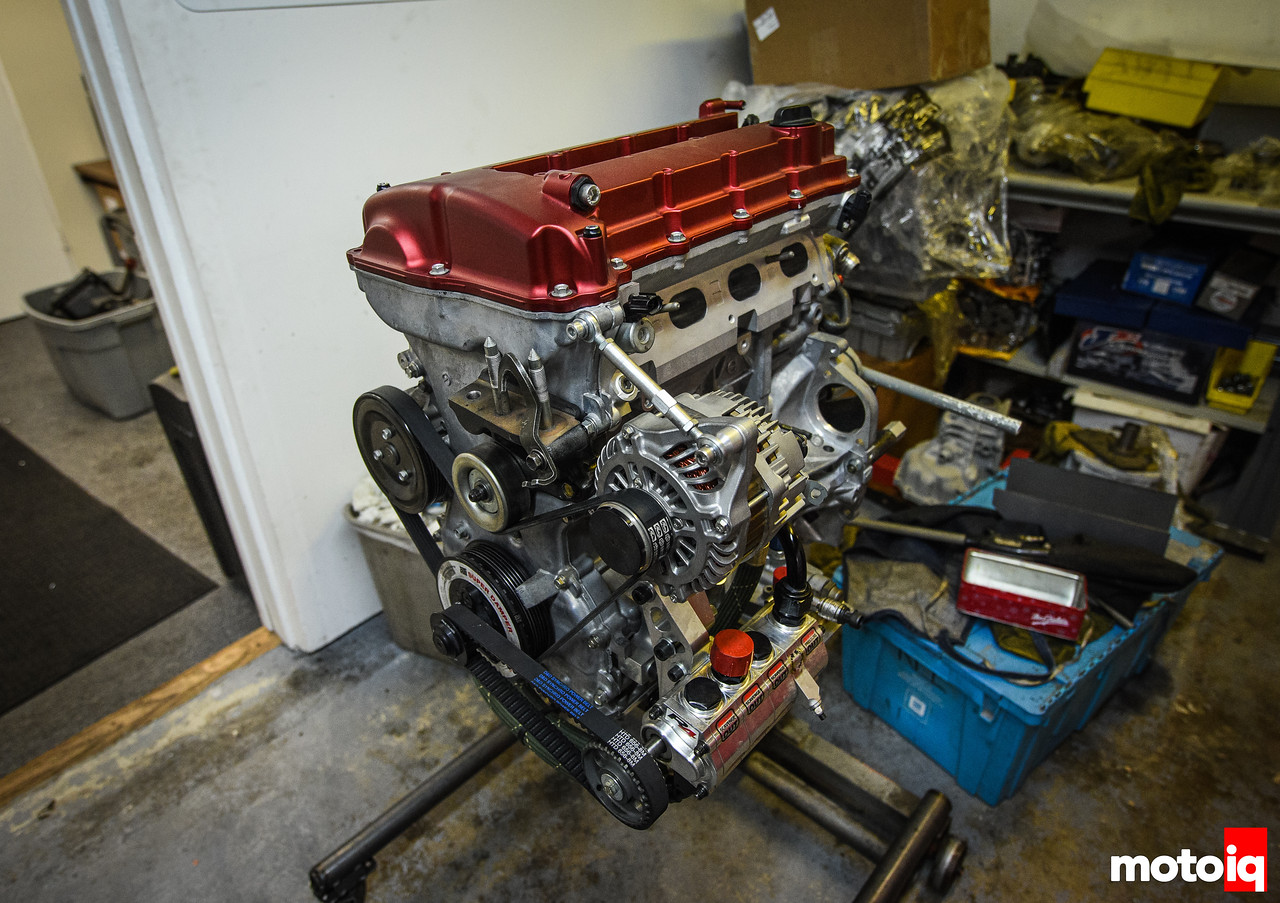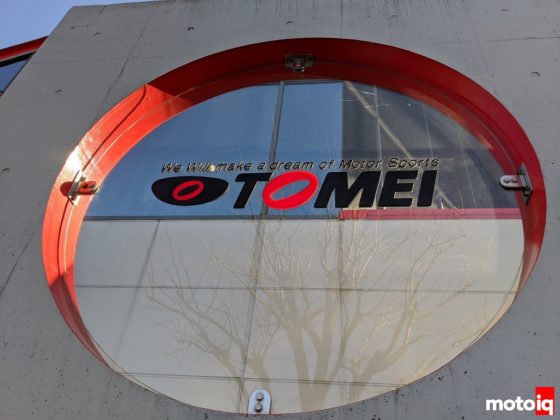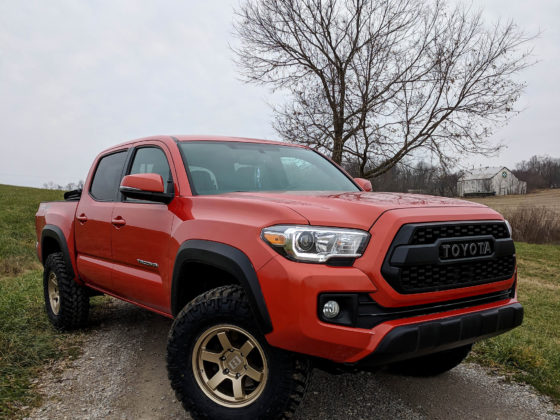
We are tackling the building of a 4B11 engine for the Time Attack Evo X built by CSF Cooling. The car was previously a big hit on the SEMA/Show circuit and now we will be working with CSF on the car to ready it for time attack competition. For the first part of the build we will focus on the engine. The 4B11 is a bit less forgiving than the super stout 4G63 found on previous Evo’s. It has a semi open deck and its all-aluminum construction is not as strong but admittedly a lot lighter. We are looking to build an engine to make around 700 whp which we feel will be close to the structural limit of the block. At 700 whp it will be a bit of a struggle to give the engine lap after lap durability but that’s often not what time attack is about. Our engine should, however, be able to run for extended periods of time at the 550 hp level.
The heart of any built engine is the crankshaft and since we were going to be putting a lot of combustion pressure through the engine, a stout crank was selected. We also decided that without a race type close-ratio dog engagement gearbox, it would probably be better to build an engine with a wider powerband. We also decided for this reason that it might be advantageous to build a torquey engine with a longer stroke and hold the RPM down for durability and reasonable piston speed. For this reason, we selected a 94mm stroke crank by Manley part number 190230B. This is quite a jump from the stock 86mm but still reasonable in the world of engines. The Honda K24 has a 99mm stroke for an example. With the stroke and a slight clean up overbore, our engine displacement jumps up to 2210cc up from 1998cc stock. The stroke to rod length ratio remains a reasonable 1.53:1 so piston speed can be kept to a controllable level if the revs are kept to below 8k.
Our crank is a Manley Turbo-Tuff crank that is machined from 4340 billet steel. 4340 is a high nickel and chromium alloy that is very impact resistant and tough. These properties make it an ideal material for rods, cranks and transmission parts. Our crank features aerodynamic knife-edged counterweights to reduce windage losses and reduce moment of inertia, shotpeening for improved fatigue strength, multistaged heat treating to enhance strength and toughness, magnafluxing to detect and possible cracks or flaws and stress reliving.

The Manley crank has generous fillets on the journals. This improves fatigue life. We also had the crank balanced, then WPC treated and cryo treated. WPC is the Japanese micro blasting super-finishing process that gives a super smooth and hard surface to all parts. This has a huge effect on improving fatigue life as well as wear and friction reduction. Figure your parts will last 2x longer with WPC!
WPC also offers cryogenic treating. This is an extension of the heat treating process where the parts are cooled to a temperature close to that of liquid nitrogen then slowly brought up to the tempering temperature. This fully stress relieves the parts as well as improves tensile strength and fatigue and wear resistance. Cryo works as an extension of the heat treating process much like tempering does and converts the face-centered austenite crystal structure of the pre treated metal to a body-centered martensite structure which has better mechanical properties. WPC can provide their process as well as cryo treating together now as a complete service.

For connecting rods, we wanted to best so we selected Carillo Super A beams, part number MI-4B11<SA-65659H. Carrillo rods are forged, then machined out of their proprietary alloy. The A beam rod is lighter than the traditional Carrillo H beam and the Super A beam has a thicker center section to handle higher cylinder pressures that turbocharging will create than the standard A beam.

The small end of the rod uses an aluminum silicone bronze bushing and has a funnel style oil feed hole to improve piston pin oiling under load. You can also see the pebbled, shotpeened finish on the rod. This improves fatigue life of the part by creating a fine-grained compressed layer of metal on the surface that cracks have difficulty propagating in.




7 comments
interesting comment about the valve job. my experience has been the dimensions and operator are more important than the machinr.
Just some random advice: Manganese bronze needs bigger tolerances compaired to steel guides: They tend to pinch valvestems when warm. Ask me how I know….
A Newen is a CNC single point cutter that cuts in a continuous radius instead of steps. It can also be programmed to open up the seat and blend the seat into the bowls.
How did Toyota make the cylinders of the 2AR-FE’s block so damn strong and rigid? It greatly exceeds the typical limts Honda’s stock cylinders and it even goes pass this semi closed deck 4B11T.
If you are doing any kind of racing that last more than a 1/4 mile, like a 30 minute road racing session, that 4Piston cylinder head will not last long. Expect to find no more valve clearance. Their valve seat job is very poor.
They talk alot and do good marketing on social networks but when there is a real quality problem due to their work they don’t follow up and look for excuses.
We solved this issue by doing a new valve job with new seats and new valves.
This same issue happened on 4 distinct heads all from 4Piston. This same problem happened to a well known USA drag racing team…
And that is exactly what happend to us and we had to redo the valve job!
4piston👎👎